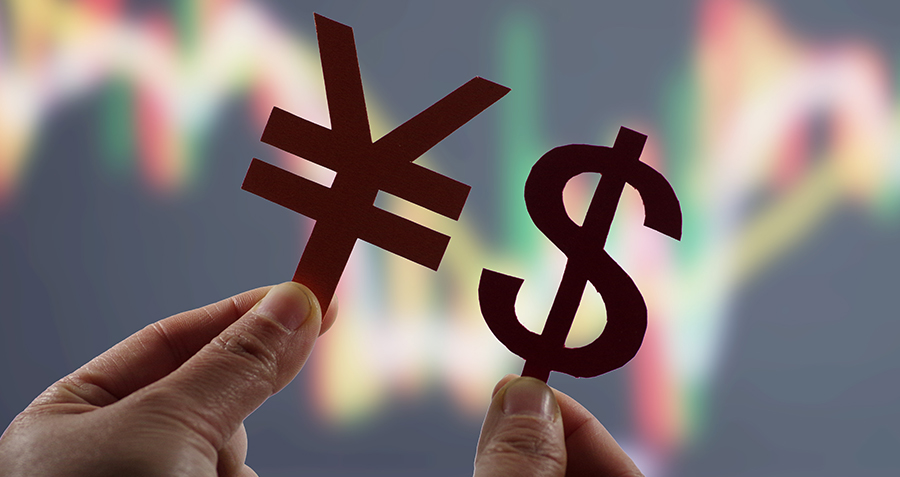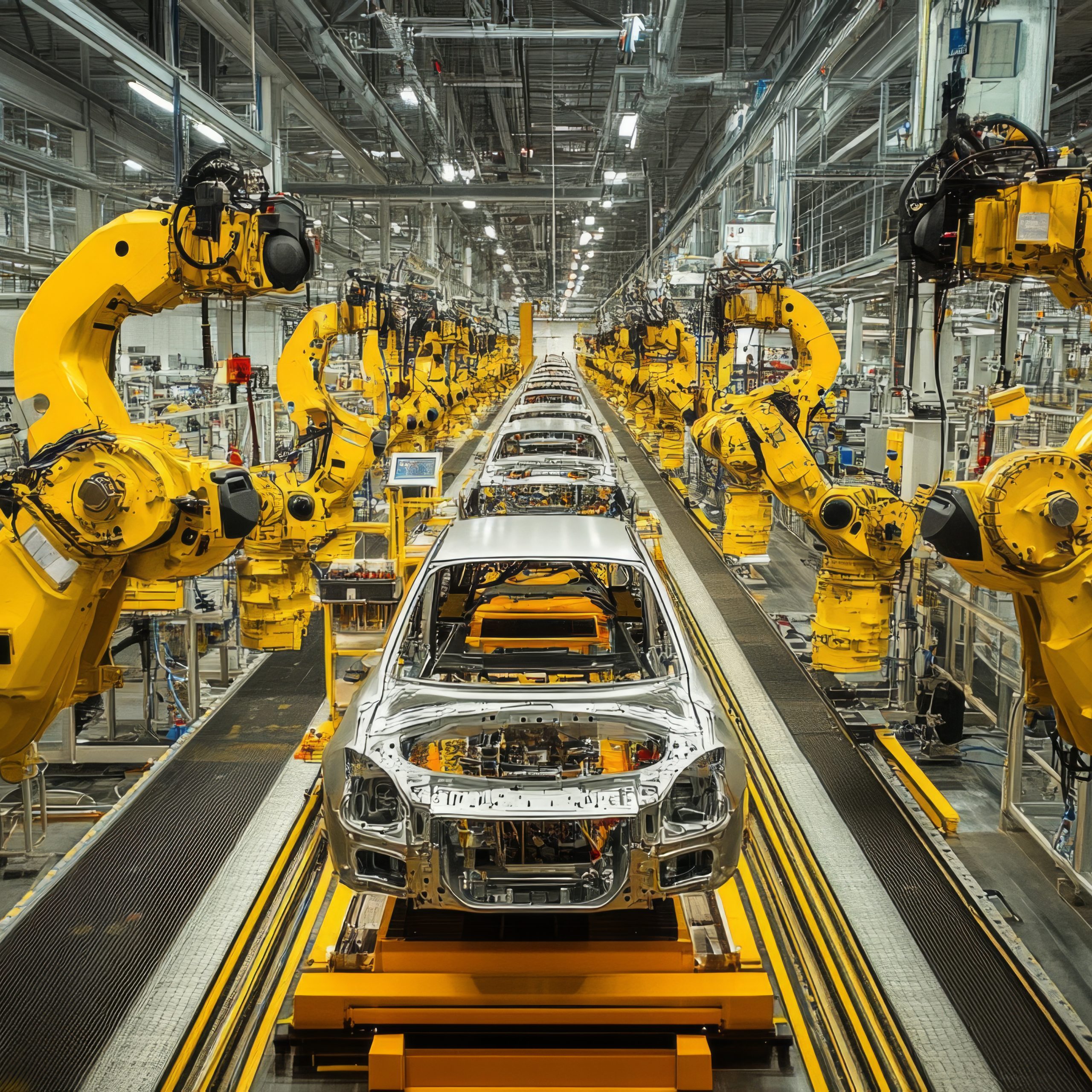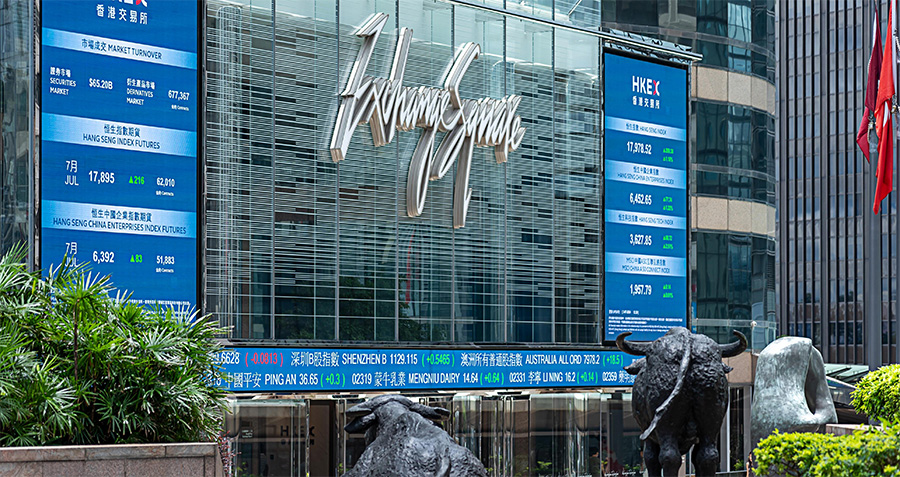Midway through December 2023, China’s National Bureau of Statistics spokesperson, Liu Aihua, pronounced on the economy, “November’s macroeconomic policies have in general been effective, and the national economy has continued to bounce back. But with all the external instability and uncertainty, domestic demand is soft. We need to consolidate the rebound.” The summary hit home, for, while the economy continues to pick up, domestic demand is still lagging.
In fact, domestic demand is the most important thing that China’s economy lacks most. Expanding it has become a national priority. While some believe that China should hold steady and be extremely cautious about expansionary macroeconomic policies, I believe that China should implement expansionary macroeconomic policies without worrying overly about inflation. In fact, China should use quantitative easing (QE) as soon as possible. This would solve a wealth of issues in the economy and would be the most cost-effective method.
Quantitative easing has emerged recently as an outlier among fiscal tools. The US Federal Reserve, over the past 15 years, offer us a handy guide. While the Fed’s example is the best known, China is no stranger to quantitative easing either. From the 1990s to the beginning of the 21st century, China’s four major state-owned banks have been bailed out in a way that resembles quantitative easing.
In the 1990s, China’s four major state banks suffered massive losses. According to a 2018 speech by the former Chairman of the Industrial and Commercial Bank of China Jiang Jianqing, the banks had total non-performing assets of RMB 1.7 trillion, amounting to a ratio of 21.4 % in 2002. According to an internationally accepted five-level classification, non-performing assets amounted to RMB 2.07 trillion, with a ratio of 26.12%.
Such a high non-performing asset rate meant the four big banks were technically bankrupt, but as the mainstay of the economy the government would not allow them to go bust. In an effort to revive them, round after round of capital injections and divestiture of non-performing assets were carried out. Many of the funds needed for these injections were re-lent by the People’s Bank of China. Media reports show that in the first divestment in 1999, four major asset management companies acquired a total of RMB 1.4 trillion in non-performing assets. In the first divestment of non-performing assets by the four major banks, China’s central bank lent these asset management companies a total of RMB 604.1 billion.
These re-loans were very crucial to the reform of the four major banks, because, fiscally the country could not come up with the money at that time. According to CEIC data, the Chinese government’s fiscal revenue in 1999 was RMB 584.9 billion, and its deficit was RMB 174.4 billion. It was more than what the Ministry of Finance could handle. Fortunately, deflation meant there was no need to worry about inflation, which made this unconventional refinancing feasible.
China did not link relending to quantitative easing, but the intention was clear – the central bank directly intervened in the economy by creating money. Seen this way, unconventional refinancing is nothing less than Chinese-style quantitative easing.
China’s economy faces serious risks today, especially from real estate, local authority debt, banks and shadow banking.
Firstly, real estate is one of China’s most important industries. Some studies believe that the output value of real estate, together with its upstream and downstream industries, account for as much as 30% of GDP. It is critical because the current crisis in housing has begun to spread to the rest of the economy. At first, we worried about the insolvency of Evergrande, Country Garden and Gemdale, and now we see the impact on even the more conservative developers like Vanke and Longfor. The crisis is far from over. While the government has taken steps to stabilize the situation, acknowledging issues with the “accept both home and loan” policy and allowing people to “accept the home but not the loan,” but in practice, these new regulatory changes are no match for the gravity of the ensuing disaster.
Secondly, the issue of local government debt has received a lot of market attention since 2008. Although its scope is murky, all parties agree that it exists on a massive scale. Across the country, local authorities are having growing trouble repaying their debts. When defaults start happening on a large scale, the consequences will be hard for China to swallow.
Thirdly, the problem for China’s banks is that many of their customers are having a tough time making money right now. Once a large number of non-performing assets appear, the banks will see their balance sheets affected. They will become reluctant to lend and may withdraw agreed-upon loans. They may not be able to function as the financial intermediaries they are meant to be, and the knock-on effect of such paralyzed banks on the economy will be huge.
Finally, we look at China’s ubiquitous shadow banking sector. As debts in areas such as real estate and local governments expand, some business entities that cannot obtain loans from conventional channels will have to turn to shadow finance. The financing threshold of shadow banking is relatively low, but the financing costs are through the roof. Nowadays, many companies are stuck with loans they cannot pay off. The shadow banks will have to deal with this. In fact, when sluggish growth becomes commonplace, the entire economy will be affected, not just a few areas.
The central government has repeatedly issued orders to maintain the conservative bottom line so as to prevent systemic crises. However, large-scale disasters will put greater pressure on the economy, and the government cannot sit idly by. So, the next question is, is it feasible to rely solely on fiscal policy to solve such crises in the future? In my opinion, fiscal policy will help, but it is not enough. This is where quantitative easing comes in.
To understand why fiscal policy is not enough, we can look at the examples of real estate giant Evergrande and the shadow bank Zhongzhi Enterprise Group (ZEG). According to public information, insolvent Evergrande’s net assets were negative RMB 599.1 billion at the end of 2022. Zhongzhi admitted publicly that it had a deficit of at least RMB 220 billion. Together their deficit totaled over RMB 800 billion. According to CEIC data, China’s fiscal deficit in 2022 was RMB 3.37 trillion. This means that to rescue the economy, government bonds must be issued in large numbers, raising two problems: first, who would buy them, and second, would the new issuance “crowd out” the market, as a large increase in the issuance of government bonds will likely lead to a rise in government bond yields and raised borrowing costs for companies and residents. This, in turn, will inhibit corporate investment and household consumption. Even if these two problems did not arise, the issuance of government bonds required a series of complicated procedures, so fundraising would not happen overnight. But a speedy solution is of the essence.
Quantitative easing has several advantages over government bonds. It can send money directly from the central bank to institutions designated by the government to purchase equity and insurance debt. As long as it does not trigger inflation, quantitative easing can quickly and without limit generate sufficient liquidity to resolve debt issues and pump confidence into the market.
From my point of view, when it comes to providing funds to control risk and stimulate growth, the current fiscal policy can only play a small part. Quantitative easing should be the core of China’s macroeconomic policy, with more than 80% of funds coming from QE. Only by giving full play to quantitative easing can China’s economy move out of danger and progress.
Furthermore, I believe that the risk of rising inflation is not big enough. China’s prices are stable and declining at present, giving the authorities the space to deploy quantitative easing. Macroeconomic policy itself is countercyclical. If inflation occurs in the future, the central bank will have enough time to tighten monetary policy. After all, the central government has all the decision-making power on monetary policy.
The top decision-making departments of the country have always attached great importance to inflation and made concerted efforts to dampen it. This should give decision-makers the confidence that inflation can be nipped in the bud.
Only by giving full play to quantitative easing can China’s economy move out of danger and progress
Some people believe that bailouts will lead to moral hazard and soft budget constraints. The concern is reasonable, but the risk of not doing so is greater. To solve moral hazard and soft budget constraints, we can learn from the U.S. regulatory authorities’ approach to Silicon Valley Bank. On the one hand, the U.S. government quickly took over Silicon Valley Bank, fully protecting the interests of depositors and avoiding the spread of risk. On the other hand, they reduced Silicon Valley Bank’s equity and a considerable part of its debt to zero, and dismissed all its senior executives.
In fact, failure to respond quickly and forcefully to companies in danger is likely to paralyze the economy. In this regard, we can look to Japan, where in the second half of the 1980s, a huge asset bubble appeared. The bubble burst in the early 1990s, leaving banks with masses of nonperforming assets. Originally, the Japanese government should have restructured, recapitalized, and cleaned up the banks’ balance sheets, just like China did with its rescue of the four major banks. However, the Japanese government delayed and covered up what was happening, leaving these issues unresolved. The paralysis of banks and enterprises will seriously hinder economic growth and thus must be resolved immediately.
What China needs to do now is adjust its economic actions: clean up the real estate sector, and use quantitative easing to solve systemic risks in the economy. As the central bank is the only institution in China with the power to create money, it has the ability to create a stable environment for economic growth.






















